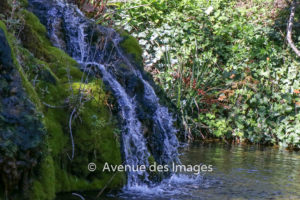The effect of shutter speeds on the final picture is very important. The shutter speed , or exposure time, determines how long light falls on to the image sensor or film. It is measured in fractions of seconds for most photographs. The image sensor, or film, is very sensitive to light. Typically you see the time expressed as 1/125 sec. 1 slot of 125 equal slots of one second. As you extend the duration, the number will get smaller, A duration of 5 slots of 125 could be expressed as 5/125s, but you would see it as 1/25s. As with many features of a camera shutter speed is impacted by other settings. Most importantly the ISO. ISO is a definition of the sensitivity of the film or sensor. The higher the number the more sensitive the sensor is.
The brightness of a picture still depend on the light captured and this depends on 2 factors the speed and ISO. They are balanced like a seesaw. If you increase one you can reduce the other.
Of course the aperture, the size of the hole letting light in also has an impact.
These 2 photographs show the same waterfall at 1/10 second and 1/1000 sec. showing the blurred movement of the water or droplets frozen in time.
Let’s get back to the effect of shutter speeds. They are most useful when considering movement. This movement can come from the subject being photographed. In my examples above – the water. But is also can come from you as you move ever so slightly when pressing the button or wobble on a precarious cliff edge, (please don’t!).
The movement gives the image blur as the light from specific point of water, bird, car etc moves and is captured in more than one position. So the slower the shutter speed the more blur. If we want to capture something moving we can have 2 objectives to either:
- Capture the subject of the photo as if it was still, so that the light from the subject always falls on the same part of the sensor. This can be done by moving the camera in parallel with the object, Which is not easy. Or it can be done by having a short shutter speed so the light enters the camera before the object has had a chance to move. However the background will appear blurred as we are moving.
- Capture the subject to show the movement, by intentionally allowing some blur. To do this we have a longer exposure time, slower shutter speed. So the light moves across the sensor creating blur in the subject; often against a background that hasn’t moved.
Some of my photos are available for purchase on my Adobe Stock store or directly below.
Other landscape photographs can be found here. You can see more waterfalls here and a post about long exposure tips.

